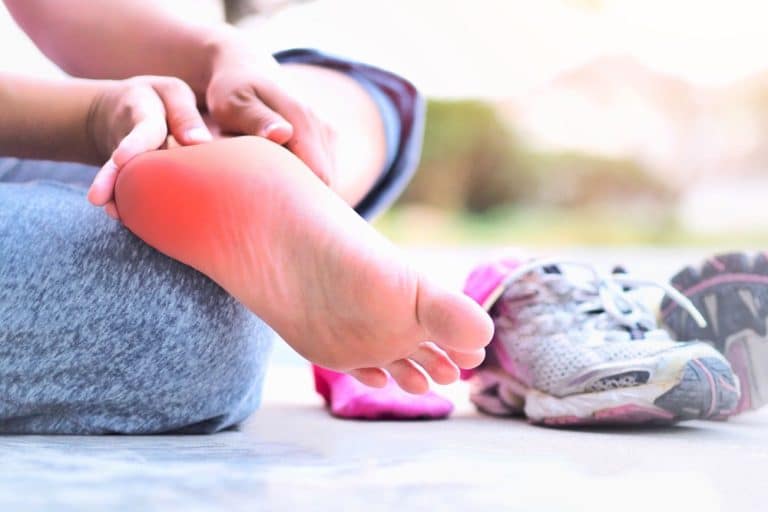Why You Need Balance Training
Balance training is important at all ages, from improving speed and agility for athletes to helping kids with a game of hopscotch, but our balance begins to decline at around age 50 and continues to decline as we age.

Balance training is important at all ages, from improving speed and agility for athletes to helping kids with a game of hopscotch, but our balance begins to decline at around age 50 and continues to decline as we age.

This month ( March 2024 Workout Rotation) we’ll slow things down a bit and focus on some heavy lifting. Three days each week you’ll perform heavy weighted body part routines, and two times per week you’ll do shorter hiit cardio routines. You’ll also notice that you have two off/recovery days each week. Taking the extra time to recover will help to restore the strength and energy that you need to give your all to your workouts. You can use these days to rest completely or to enjoy one of my recovery routines. Feel free to do all low impact cardio routines in place of the high impact if desired. Try to fuel your body with solid nutrition so that it can perform at its best and as always, have some fun!

So, what exactly is “active aging.” It can mean different things depending on the subject matter at hand, but overall, active aging is how we can feel our best with each passing year by focusing on the activities that keep our bodies and our minds equipped for life.

Discover how maintaining a healthy ratio of quadriceps to hamstring strength could be your ticket to knee health. A new study shows why your quads to hamstring ratio matters and what the ideal strength ratio may be

Could replacing regular table salt with a salt substitute containing potassium chloride help lower blood pressure? Find out what a new study shows about salt substitutes, heart health, and blood pressure.

Could dark chocolate be a superfood for your heart? Dark chocolate contains antioxidants and nutrients that may provide cardiovascular benefits, but it has downsides too. Find out more.

There is a bidirectional relationship where poor sleep worsens digestion, and digestive problems further disrupt sleep. Breaking this cycle requires holistically supporting both systems. Find out more.

New research reveals exercise can protect diabetics from developing chronic kidney disease. The 2024 study objectively measured activity levels and found getting over three hundred minutes of moderate or vigorous exercise per week lowered risk of kidney problems by 31% in diabetics. Ramping up activity in the first year also reduced risk, highlighting it’s never too late to benefit from moving more. Another reason to get moving!

Could getting too much of a common B vitamin place you at higher risk of cardiovascular disease? New research suggests that getting too much of the B vitamin niacin from fortified foods or supplements may increase cardiovascular disease risk by triggering inflammation in blood vessels. Find out more.

This article explores the molecular and cellular mechanisms through which exercise induces adaptations like mitochondrial biogenesis, angiogenesis, and inflammation modulation, which drive performance benefits and protect against disease. Delving into signaling pathways, gene expression changes, and organelle functions, it provides insights into how physical activity acts at a foundational biomolecular level to confer systemic effects that enhance health and slow aging.

Plantar fasciitis is a common condition that causes pain in the heel and arch of the foot. Exercise can help relieve symptoms, but it’s important to choose the right types of activities and use proper form when you exercise with plantar fasciitis. Find out what you can do to exercise effectively and safely with plantar fasciitis

Waking up early can be a struggle, especially if you’re not a morning person. This article provides five simple, practical tips to help you start your mornings feeling more positive, energized, and ready to tackle the day ahead.